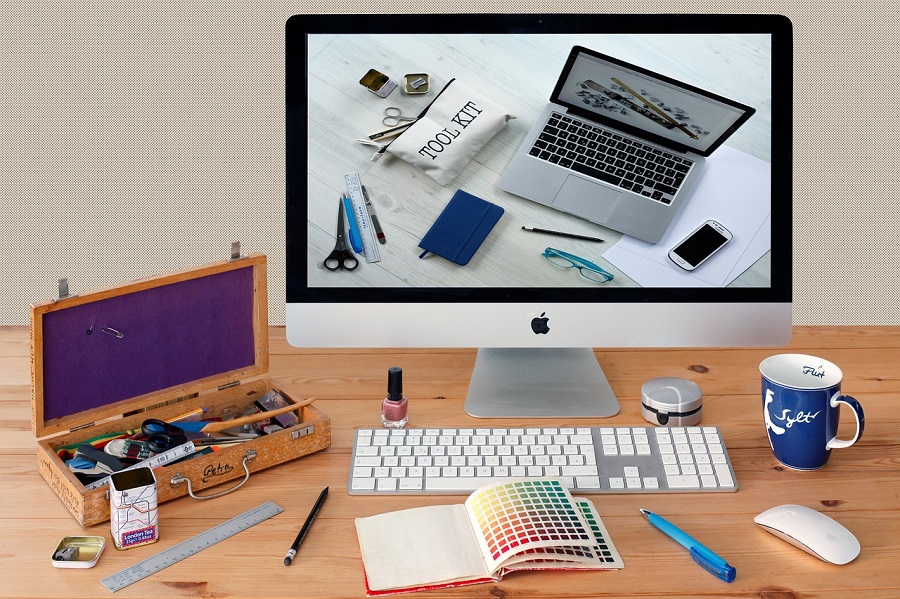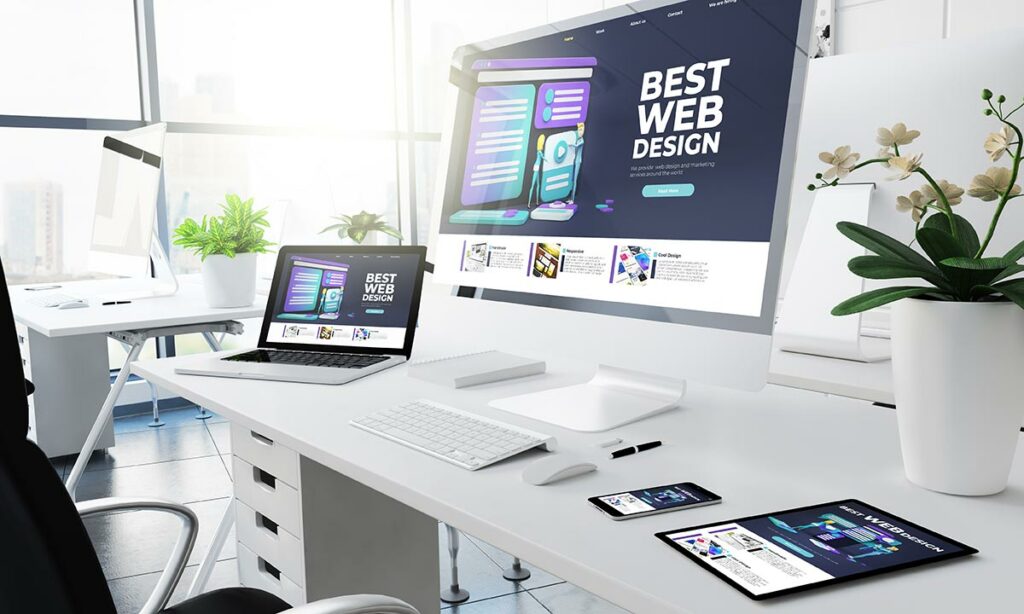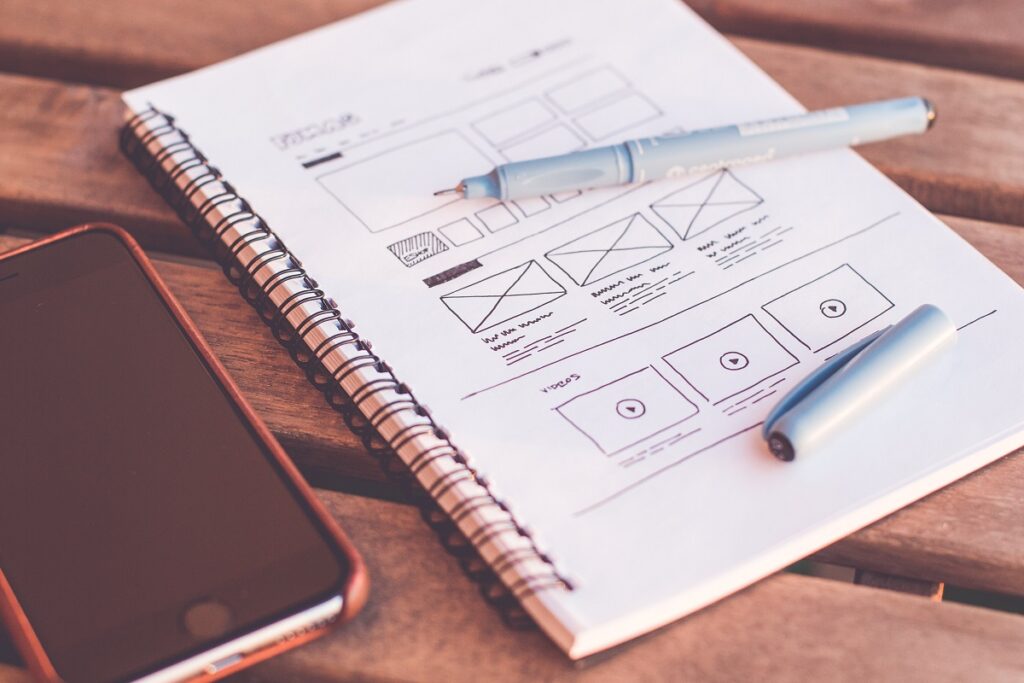The field of graphic design has always been dynamic, with trends that come and go with the passing of time.
However, with the rapid advancements in technology, the pace of change has accelerated, and designers need to stay on top of the latest trends to keep up. In 2023, we can expect to see a continuation of some of the graphic design trends that emerged in recent years, as well as some exciting new developments in this particular industry.
While aesthetic appeal has always been an essential aspect of graphic design, the current emphasis is on creating designs that are not only beautiful but also serve a purpose. In other words, the design needs to be functional and serve a specific goal, whether it is to communicate a message, promote a product or service, or enhance the overall user experience. This trend is driven by the increasing demand for design that goes beyond mere decoration and creates a meaningful connection with the audience.
The world has become more complex, and people are now looking for designs that make sense of the information and provide value. Hence, designers need to think about the user experience and create designs that are intuitive, easy to use, and convey the intended message effectively. In 2023, we can expect to see more designs that prioritize functionality and meaning over visual extravagance.
In this context, let’s take a closer look at some of the graphic design trends that are expected to make waves in 2023.
Bold typography
Typography plays a crucial role in the success of a design, and it is expected that big, bold typography will continue to be a popular trend in 2023. This is because big, bold fonts are eye-catching and attention-grabbing, making them perfect for headlines, logos, and other important elements in a design.
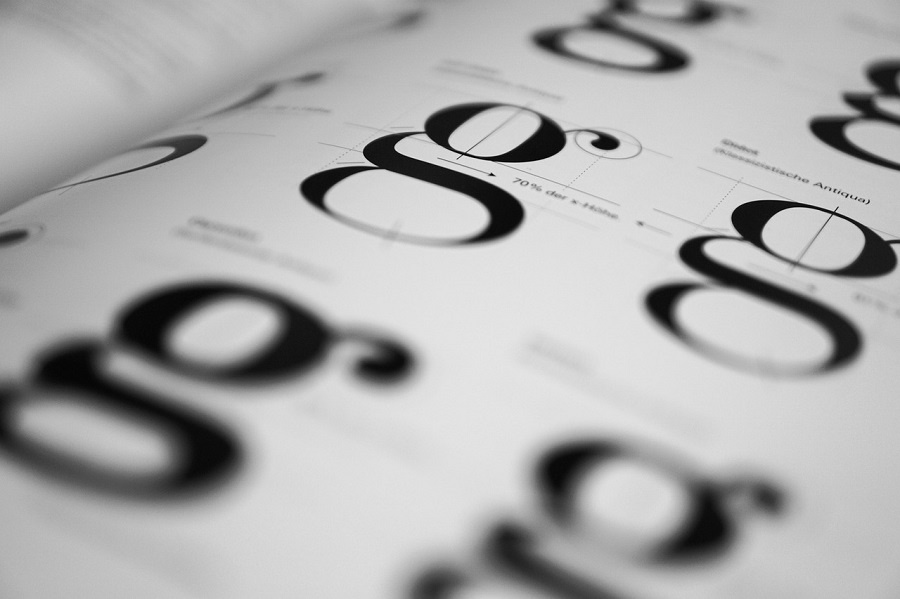
In addition to being big and bold, the graphic design trend of typography in 2023 is expected to be more creative and unconventional, with designers experimenting with unusual font combinations and custom typography. Designers may combine serif and sans-serif fonts, or mix script and block fonts to create interesting and dynamic designs.
Another trend in typography for 2023 is the use of variable fonts, which allow for greater flexibility and control over the weight, width, and other aspects of a font. This means designers can create unique, custom fonts that adapt to different devices and screen sizes, making them more versatile and adaptable.
Minimalism
In 2023, the design industry is likely to continue the trend towards simplicity and minimalism, with a focus on clean lines, muted colors, and negative space. This approach emphasizes the essentials of a design, creating sleek and modern visuals that are uncluttered and easy to understand.
Clean lines are a hallmark of minimalism, with designs featuring sharp, straight lines and geometric shapes. This approach can be seen in everything from architecture and furniture to product design and branding. By using clean lines, designers can create a sense of order and simplicity that is both visually pleasing and functional.
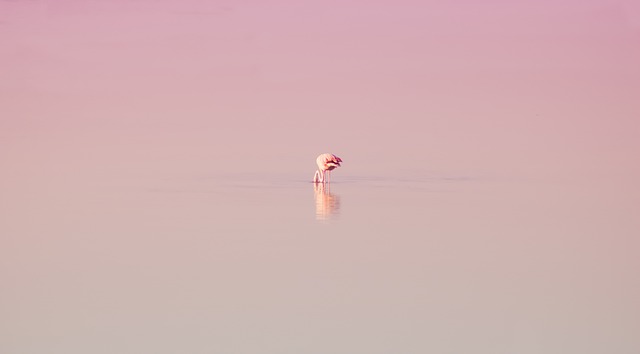
Muted colors, such as soft grays, pastels, and earth tones, are also a key element of minimalistic design in 2023. These colors create a calm and soothing environment that is easy on the eyes and promotes a sense of tranquility. By using a limited color palette, designers can also create a cohesive and consistent visual identity that is instantly recognizable.
Negative space, or the area around and between design elements, is another important component of minimalistic design. By using negative space, designers can create a sense of balance and harmony within a design. This approach can also help to emphasize important elements within a design, drawing the viewer’s attention to specific areas and creating a sense of hierarchy.
Overall, the trend towards simple and minimalistic designs in 2023 is driven by a desire for clarity and simplicity in a complex world. By focusing on the essentials of a design and creating sleek, uncluttered visuals, designers can create a sense of calm and order that is both functional and aesthetically pleasing.
3D and Isometric designs
3D and isometric designs are expected to continue to be popular in the design industry this year, as they add depth and dimension to otherwise flat designs. These design techniques create a sense of realism and depth that can make a design appear more engaging and interactive.
3D designs use computer-generated models to create three-dimensional objects that appear to have depth and volume. This approach is commonly used in product design, architectural visualization, and gaming. By using 3D models, designers can create realistic representations of products or spaces, allowing viewers to explore and interact with them in a virtual environment.
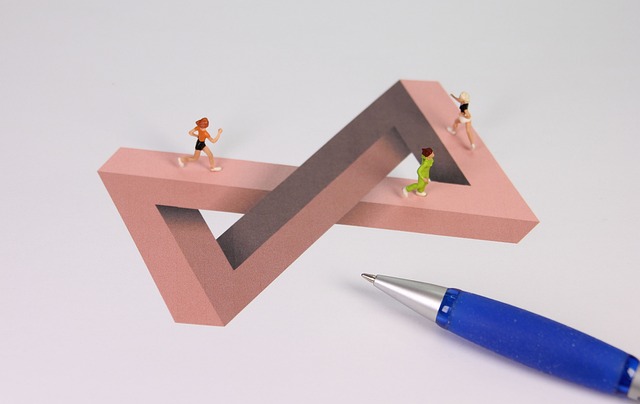
Isometric designs, on the other hand, use a specific type of perspective to create the illusion of depth in a two-dimensional image. Isometric designs are created by rendering objects at a 30-degree angle, which creates a sense of depth and dimensionality. This approach is commonly used in infographics, digital illustrations, and web design. By using isometric design, designers can add depth and interest to otherwise flat designs, creating a more engaging and interactive experience for the viewer.
Both 3D and isometric designs are popular in 2023 due to their ability to add a sense of realism and depth to otherwise static designs. These design techniques are also well-suited to digital platforms, where users can interact with 3D models or isometric designs in a virtual environment. Additionally, advancements in technology have made it easier for designers to create 3D and isometric designs, allowing for more creative freedom and flexibility in the design process.
Sustainability
In recent years, environmental concerns have become an increasingly pressing issue, and this trend is expected to continue in 2023. As a result, designers will need to take greater responsibility for the impact their work has on the environment and find ways to create impactful designs while being mindful of their ecological footprint.
One of the ways designers can contribute to a more sustainable future is by using eco-friendly materials. This can include using recycled or biodegradable materials, such as paper made from sustainable forests or recycled plastic. By using these materials, designers can reduce their reliance on non-renewable resources and minimize waste.
Another approach to eco-friendly design is to create designs that can be easily recycled or repurposed. For example, designing packaging that can be easily disassembled and recycled or creating reusable materials that can be used again and again. This approach not only helps to reduce waste but can also create a more sustainable and circular economy.
Hand-drawn illustrations
Hand-drawn illustrations and sketches are expected to remain popular in the design industry in 2023. This is due to the unique and personal touch that these techniques can bring to a design, as well as the flexibility and versatility they offer.
This type of illustrations and sketches can be used in a variety of design contexts, from editorial illustrations to branding and packaging design. By using hand-drawn elements, designers can create a distinctive and memorable visual identity that sets a brand or product apart from its competitors.
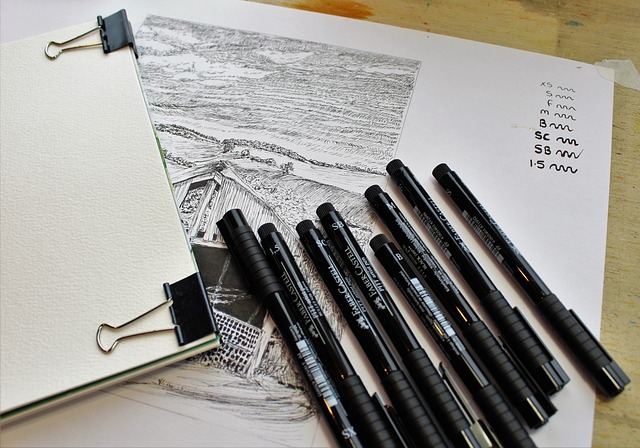
Additionally, hand-drawn illustrations and sketches offer a level of authenticity and warmth that can be difficult to achieve through digital design techniques. In other words, they have a human touch that can help to create a connection with the viewer, making them more engaging and relatable.
Furthermore, hand-drawn illustrations can be a cost-effective alternative to digital design. They can be created using simple tools such as pencils, pens, and paper, making them accessible to designers of all levels.
Glitch art
Glitch art is a unique style of digital art that involves intentionally manipulating and distorting digital images to create unexpected and often visually striking effects. This trend has been growing in popularity in recent years, and is expected to continue to be one of the most popular graphic design trends in 2023.
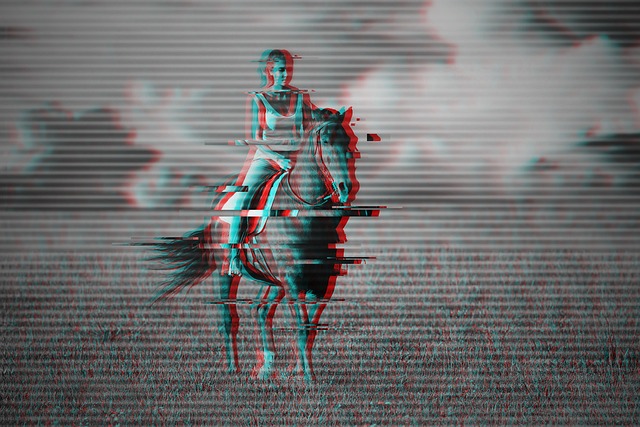
One of the key reasons why glitch art has become so viral is its ability to add a futuristic and techy feel to designs. By incorporating digital glitches and errors into their designs, designers can create a sense of technological sophistication and modernity. This can be particularly effective in design contexts where technology is a central premise, such as in the tech industry or in advertising for cutting-edge products.
In addition, glitch art can be a highly versatile design technique. It can be applied to a wide range of design contexts, from print to digital media, and can be used to create a variety of effects, from subtle distortions to bold and dramatic glitches. This versatility makes glitch art a valuable technique for designers looking to create unique and memorable visual identities.
In conclusion
As we look ahead to 2023, it is clear that the world of design is continuing to evolve and change at a rapid pace. From simple and minimalistic designs to the use of sustainable materials, and from 3D and isometric designs to hand-drawn illustrations and glitch art, there are a multitude of design trends that are expected to be a hit in the industry in the years to come.
At the same time, designers are also becoming more mindful of their environmental impact, and are seeking out sustainable materials and eco-friendly design practices. This reflects a growing awareness of the importance of sustainability and environmental responsibility in all aspects of our lives.
Overall, the graphic design trends for 2023 are exciting and varied, and offer a range of possibilities for designers and businesses looking to create impactful and innovative solutions that can shape the future of design.
